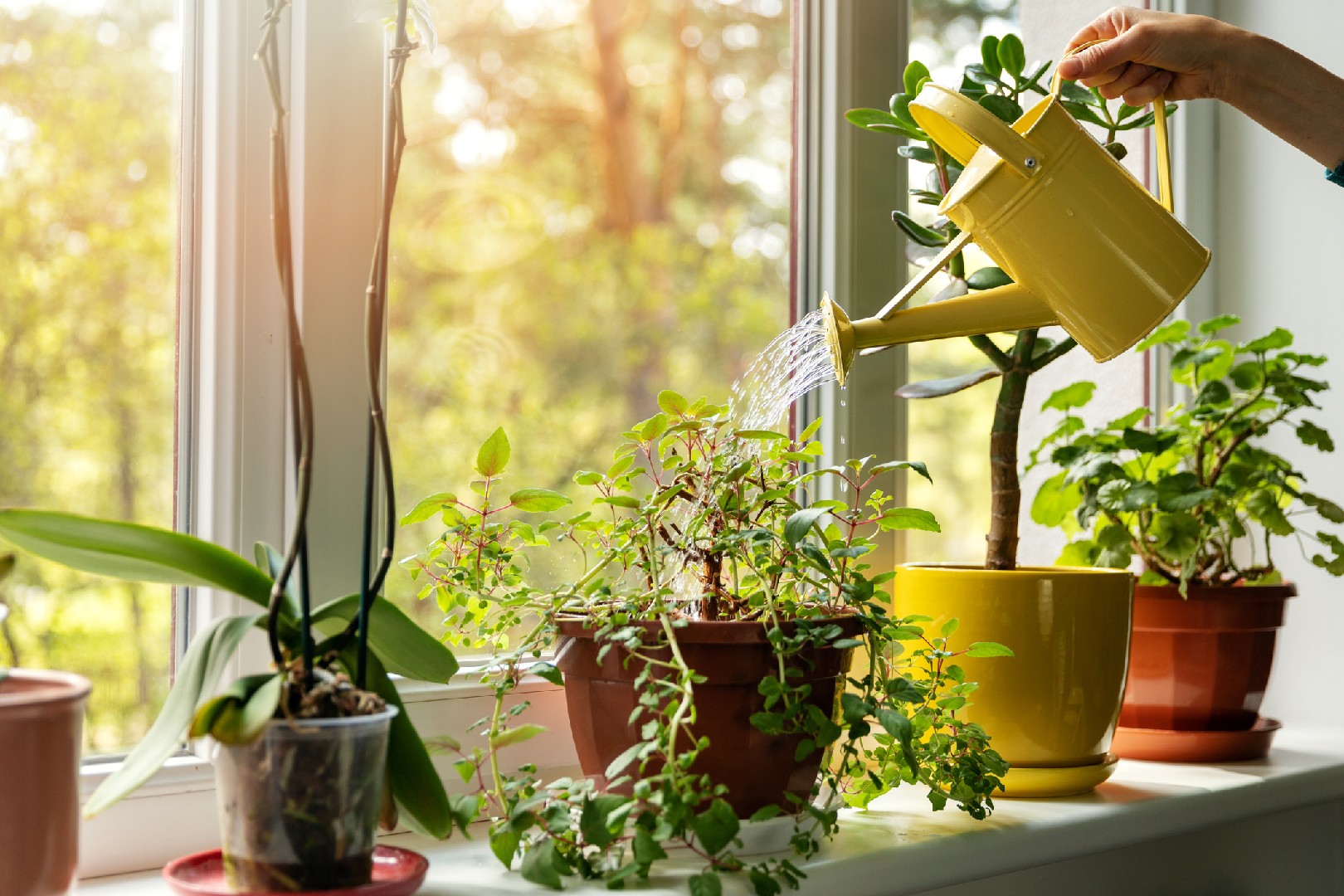![Rectangle]()
Indoor Plant Selection and Care
Choosing the right plants that thrive indoors is essential for successful indoor gardening. When selecting plants for your indoor garden, there are a few factors to consider. First, assess the amount of light available in your home. Some plants require direct sunlight, while others can tolerate lower light conditions. If you have a bright, sunny spot, consider plants like succulents, herbs, or flowering plants. For areas with less natural light, opt for low-light tolerant plants such as snake plants, pothos, or peace lilies.
In addition to light requirements, it's crucial to understand the watering needs of indoor plants. Overwatering is a common mistake that can lead to root rot and other issues. Most indoor plants prefer to dry out slightly between waterings, so it's best to check the soil moisture before watering. Stick your finger about an inch into the soil - if it feels dry, it's time to water. Be careful not to overwater, as this can suffocate the roots and cause the plant to suffer.
Another aspect of indoor plant care is providing them with the right nutrients. While soil in outdoor gardens contains natural nutrients, indoor plants rely on fertilizers for their nutritional needs. Choose a balanced, slow-release fertilizer formulated specifically for indoor plants. Follow the instructions on the packaging to determine the appropriate amount and frequency of application. Applying too much fertilizer can burn the plants' roots, so it's important to use it in moderation.
Pests can also be a challenge in indoor gardens. Common indoor plant pests include aphids, spider mites, and mealybugs. To prevent and control these pests, implement a few strategies. Regularly inspect your plants for signs of infestation, such as sticky residue, yellowing leaves, or visible bugs. If you notice any pests, isolate the affected plant and treat it with an appropriate insecticide or natural pest control method. Additionally, keep your indoor garden clean and free of debris as pests are attracted to decaying matter.
By carefully selecting the right plants, understanding their watering and nutritional needs, and implementing pest control strategies, you can create a thriving indoor garden that brings the beauty of the outdoors into your urban home. Remember to regularly monitor and care for your plants to keep them healthy and vibrant. Enjoy the benefits of indoor gardening, such as improved air quality, reduced stress, and a connection with nature, all within the comfort of your own home.





